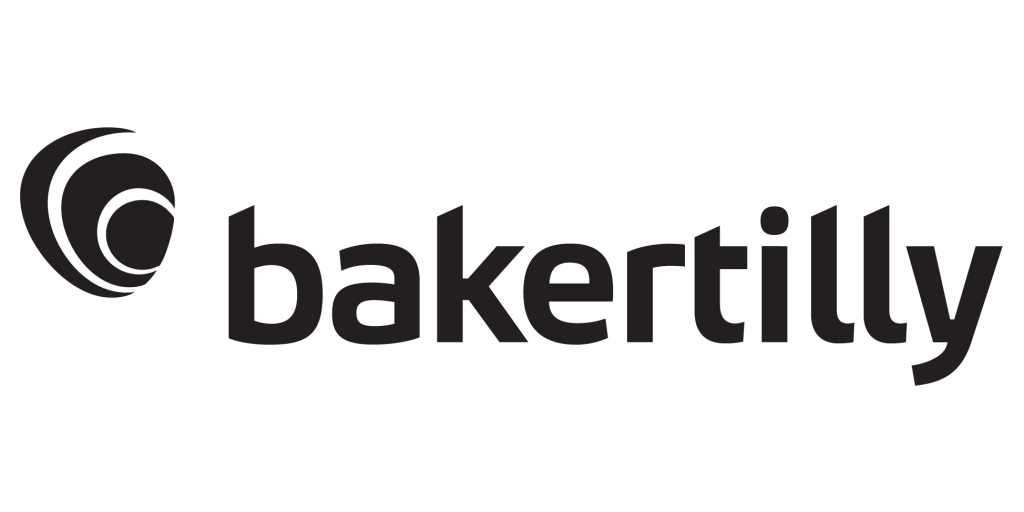Baker Tilly’s Insights Into Why Change Feels Impossible in Higher Education – and Why It Can’t Be Anymore
Authored by Adrienne Larmett
Higher education is at a crossroads. Public trust is eroding. Demographic and enrollment shifts are accelerating. Revenue models are under pressure. The cost to operate, and to attend, continues to rise. If institutions are going to persist, thrive and continue serving the public good, transformational change isn’t optional, it’s essential.
And yet, in so many institutions, meaningful change feels impossible.
Why is that? What’s standing in our way? And what can we learn from sectors that have embraced change management as a strategic advantage?
The reality: Change in higher ed is hard
Higher education is a uniquely complex ecosystem, and that’s part of the challenge. Change doesn't happen in a vacuum. It's negotiated across decentralized departments, shared governance bodies, accreditors, regulatory frameworks and deeply rooted traditions.
Some of the key barriers include:
- Distributed authority: Decision-making power is intentionally diffused, making alignment difficult
- Cultural resistance: Institutions value tradition, deliberation and academic freedom, which can make innovation feel risky
- Misaligned incentives: Leaders are often rewarded for stability and stewardship, not bold transformation
- Siloed operations: Academic and administrative functions frequently operate independently, with little infrastructure for coordinated change
The contrast: What industry gets right
In the private sector, change management is not an afterthought — it’s a built-in capability. Organizations invest in people, frameworks and systems to help navigate change deliberately and effectively.
A colleague of mine, a seasoned university leader, recently said something that stuck with me:
“Higher ed needs to adopt a change management mindset. The private sector has figured this out; they have entire offices dedicated to it. But we can’t seem to get out of our own way.”
That tension is real. While higher education remains mission-driven and values-based, its operational habits often lag. In contrast, many businesses have embraced change as a continuous competency — and it shows.
Private companies tend to do the following, which higher education can learn from:
- Dedicated change management roles: Not just project managers, but professionals trained in the art and science of change
- Executive sponsorship: Senior leaders actively lead and communicate around change efforts
- Structured methodologies: Frameworks like ADKAR and Kotter’s 8-Step Change Model guide the journey from resistance to adoption
- Employee engagement: Communication, involvement and recognition reduce resistance and foster buy-in
- Metrics and accountability: Progress is tracked, outcomes are measured and strategies are adapted in real time
What does that look like in practice?
Two widely used change management frameworks, both adaptable in the higher education environment, offer structured, people-focused approaches to change: the Prosci ADKAR Model and Kotter’s 8-Step Change Model.
The ADKAR Model breaks change down into individual experiences, outlining five key building blocks:
- Awareness of the need for change
- Desire to support and participate in the change
- Knowledge of how to change
- Ability to implement the change
- Reinforcement to sustain the change over time
It’s a practical tool for helping faculty, staff and leadership adopt new ways of working, whether it’s implementing new systems, realigning services or rethinking academic delivery.
Kotter’s 8-Step Change Model offers a road map for organizational transformation, emphasizing leadership, momentum and cultural reinforcement:
- Create a sense of urgency
- Build a guiding coalition
- Form a strategic vision and initiatives
- Enlist a volunteer army
- Enable action by removing barriers
- Generate short-term wins
- Sustain acceleration
- Institute change
It’s especially relevant for higher ed because it integrates structure with inspiration. Both are needed to move institutional culture.
But can higher ed actually do this?
Yes, but it requires courage and a mindset shift.
Real, sustainable change in higher ed is absolutely feasible, but only if leaders embrace the fact that colleges and universities are no longer insulated from public pressure, workforce expectations or fiscal consequences.
We don’t need to abandon the values that make higher education unique, but we do need to modernize the way we manage change to uphold them.
What must happen next?
If higher education wants to reclaim trust, deliver on its mission and remain viable into the future, leaders must:
- Acknowledge the imperative: Stability is not the same as sustainability
- Invest in change capabilities: Hire or upskill staff in change management practices
- Lead from the top: Executive sponsorship must be visible and vocal
- Break down silos: Cross-functional collaboration is essential to create shared ownership
- Pilot and adapt: Use small, structured pilots to prove change can work — and learn along the way
- Track and reinforce: Define success, monitor progress and celebrate meaningful wins
And critically:
- Engage and align the board: For meaningful change to take root, institutional boards must be aligned around clear priorities and long-term goals and consistently support their president or chancellor in carrying them out. Change is hard, and it takes time. Boards need to exercise discipline, stay engaged and avoid micromanagement. Instead, their focus should be on evaluating progress, holding leadership accountable and scaffolding change with encouragement and strategic support.
Final thought: Higher ed doesn’t need to become a business, but it must become more change-capable
The mission of higher education is too important to let inertia hold it back. Colleges and universities exist to transform lives. But that mission is at risk if we don’t also transform ourselves.
The question isn’t whether change is possible. The question is: will we lead it — or let it happen to us?
Baker Tilly is here to help
For more information, or to learn how Baker Tilly’s higher education specialists can support your institution on its change management journey, contact our team.

